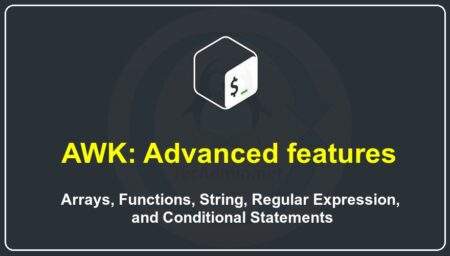An array is a collection of similar types of data. It is a data structure that can store a fixed-size sequential collection of elements of the same type. Arrays are particularly useful when there is a need to store a large number of data of the same type. In C programming, array is a powerful and complex tool that is used in various scenarios for different purposes.
Understanding the Basics of Arrays
An array is defined as finite ordered collection of homogenous data, stored in contiguous memory locations, which can be accessed individually by adding an index to a unique identifier.
To understand this better, consider an example where we need to store the marks of 100 students. Without arrays, we need to create a separate variable for each student. This would be quite an inefficient way to handle the data. But with arrays, we can create a single name and access the marks of any student using an index.
Let’s take a look at the basic syntax of an array in C:
1 | type arrayName [ arraySize ]; |
- `type` is the datatype of elements that are to be stored in the array. It could be `int`, `char`, `float`, etc.
- `arrayName` is the name of the array.
- `arraySize` specifies the number of elements that the array is going to hold.
Here is an example of an integer array with a size of 10:
1 | int marks[10]; |
This array can hold 10 integer values, and they can be accessed by referring to the index number, which ranges from 0 to 9. Remember, in C programming, the array index starts from 0.
Array Initialization
Arrays can be initialized in several ways. Here are a few examples:
At the time of declaration
1 | int arr[5] = {10, 20, 30, 40, 50}; |
Here, an array of 5 integers is created and the values are initialized at the time of declaration.
Without specifying size
1 | int arr[] = {10, 20, 30, 40, 50}; |
In this case, the compiler automatically determines the size based on the number of values in the initialization list.
Accessing Array Elements
To access an element in an array, you use the array name followed by the index of the element in square brackets.
Here’s an example:
1 2 3 4 5 6 7 8 9 10 | #include<stdio.h> int main() { int arr[5] = {10, 20, 30, 40, 50}; //Accessing second element printf("Second element of array: %d", arr[1]); return 0; } |
This code will output: Second element of array: 20. Remember, in C, array indexing starts from 0. Hence arr[1] refers to the second element.
Multidimensional Arrays
In addition to one-dimensional arrays, C programming supports multi-dimensional arrays. The simplest form of a multi-dimensional array is a two-dimensional array.
Syntax to declare a two-dimensional array:
1 | type arrayName[size1][size2]; |
Example of a two-dimensional array:
1 | int two_d_arr[3][4]; |
This declaration creates a two-dimensional array that has 3 rows and 4 columns.
Example of a two-dimensional array:
1 2 3 4 5 6 7 8 9 10 11 12 13 14 | #include<stdio.h> int main() { int arr[3][4] = { {1, 2, 3, 4}, {5, 6, 7, 8}, {9, 10, 11, 12} }; //Accessing the element at 2nd row and 3rd column printf("Element at arr[1][2]: %d", arr[1][2]); return 0; } |
This code will output: Element at arr[1][2]: 7
Arrays are not limited to two dimensions. They can have three or more dimensions. However, arrays with more than three dimensions are not used commonly in practice.
Conclusion
Arrays are fundamental to C programming, helping to manage large amounts of data efficiently and allowing the implementation of various data structures and algorithms. With a solid understanding of arrays, you’ll be better equipped to solve complex programming problems in C.
Remember that arrays in C are low-level data structures that do not provide built-in high-level manipulations. For more complex operations, you might have to use loops or other control structures to manipulate array elements. Nevertheless, arrays are powerful, and with the right knowledge and practice, you can use them effectively in your programs.

